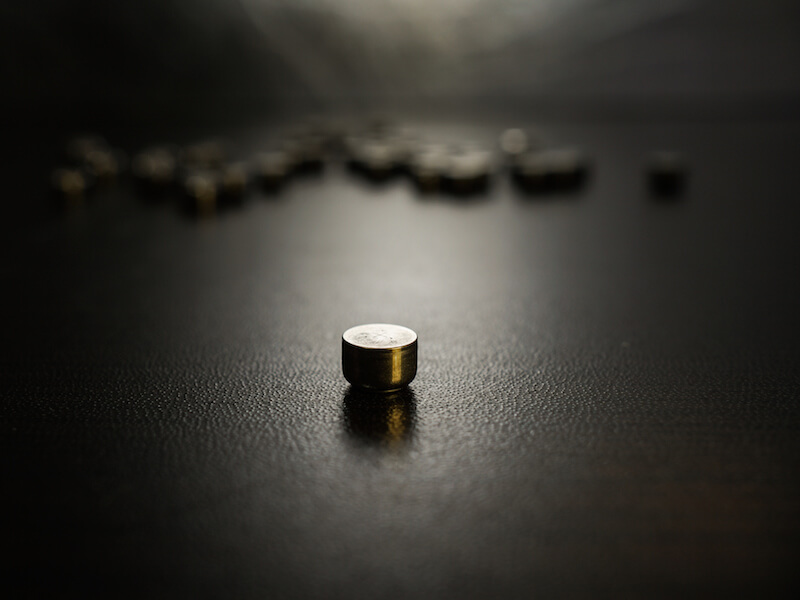
Contemporary technology has evolved the way we power electronics of all types, from cameras to phones to music players. For decades, people looking to manage hearing loss have wished for a similar progression, and the industry is finally recognizing the promise of a powerful rechargeable hearing aid battery.
Disposable hearing aid batteries have traditionally been the power source of choice amongst manufacturers, with size 312 batteries serving as one of the more prevalent battery types. Today, the most prominent version of these batteries is known as a “zinc-air” battery.
Disposable Hearing Aids Have a Disadvantage
As the name would indicate, a zinc-air battery is affected by the presence of air. The user needs to tear a little tab off the back of a 312 zinc-air battery in order to activate it.
As soon as it is fully oxygenated, it starts to lose power. So the power is draining even if the user isn’t currently using it.
The biggest downside to disposable batteries, for the majority of users, is how long they last. Some reports have estimated the standard life expectancy of a size 312 disposable battery to be between 3 and 12 days, which means users may need to replace their batteries around 120 times every year.
Because of this, besides needing to purchase 120 batteries, the user will have to switch and correctly dispose of batteries at least two times every week. That’s most likely over $100 in batteries from a cost outlook alone.
Rechargeable battery Improvements
Rechargeable hearing aid technology has progressed to the point where it’s now a practical solution and that’s good news for people who use hearing aids.
Studies have shown that most people overwhelmingly prefer to use rechargeable hearing aids. Until recently these models have historically struggled to give a long enough charge to make them worthwhile. However, recent innovations now enable an entire day of use per charge.
Users won’t see significant cost benefits by switching to rechargeable batteries, but where they will see an obvious improvement is in quality of life.
These modern models provide less frustration on top of keeping a 24 hour charge because the user doesn’t have the burden of constantly changing out the batteries. Instead, they just need to pop out the battery and place them in a convenient tabletop charger.
A disposable battery approaching the end of its life simply can’t function at full power. And you can’t determine how close the battery is to failing. So the batteries could die at the precise moment that a user needs them the most which might even put them in danger. Not only is this a safety concern, but users could miss out on important life moments due to a dead battery.
Hearing Aids Come in Different Types
Rechargeable batteries come in numerous different materials, each providing distinct advantages. Integrated lithium-ion batteries are one alternative being used by manufacturers because of their ability to hold a 24-hour charge. You may be surprised to know that this same type of technology is what charges and powers your cellphone.
Silver-zinc technology is another material used for today’s rechargeable hearing aids. Initially, these innovative batteries were developed for Nasa’s moon missions. With this technology, even your current hearing aids can probably be updated to run on rechargeable batteries. Just like lithium-ion, silver-zinc can also supply enough power to last you all day.
Some models even allow you to recharge the battery while it’s still in the hearing aid. For these, users will place the entire hearing aid on a charging station when they sleep or at another time when the hearing aid isn’t in use.
Whichever solution you choose, rechargeable batteries will be considerably better than disposable batteries. You just need to do some research to decide which option is best for your needs.
If you’re looking for more information about hearing aid technology or how to pick the best hearing aid to meet your needs, we encourage you to look at our hearing aids section.
